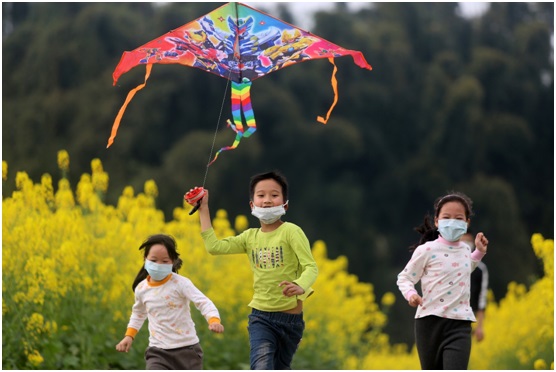By Yang Kunyi and Song Lin
As the current outbreak of the Coronavirus Disease (COVID-19) continues to develop, the World Tourism Organization (UNWTO) and the World Health Organization (WHO) made a joint statement on February 26.
The statement stressed that International cooperation is vital for ensuring the tourism sector to effectively contribute to the containment of COVID-19.
UNWTO and WHO committed to work in close consultation to assist States in ensuring that health measures be implemented in ways that minimize unnecessary interference with international traffic and trade.
UNWTO said that tourism’s response to the disease outbreak needed to be measured and consistent, proportionate to the public health threat and based on local risk assessment, in line with the WHO’s overall guidance and recommendations. Travel restrictions going beyond these may cause unnecessary interference with international traffic, including negative repercussions on the tourism sector.
The tourism sector, as a booming industry in China, contributed more than 11 percent of the country’s total GDP in 2018, according to the Ministry of Tourism and Culture. In context of the disease outbreak, the contribution could drop by 1 to 1.5 percentage points in 2020, according to Song Ding, a research fellow at the Shenzhen-based China Development Institute.
Industry insiders noted that there is likely to be a quick rebound in their business if the coronavirus can be contained soon. Jane Sun, CEO of a leading online travel service provider trip.com, said that although the tourism industry is taking a short-term hit, demand will not decrease in the long run.
According to statistics from trip.com, ticket orders on the platform soared 200 percent the same month SARS ended in 2003, and during the first Labor Day holiday after SARS, flight bookings jumped more than fivefold year-on-year.
China Tourist Attractions Association, together with 51 tourist attractions across China, has issued a convention on strengthening epidemic prevention measures at tourist sites to provide visitors a safe environment, and in reply to the country’s call to resume normal work and business.
The first batch of 51 tourist attractions include 33 sites with China’s highest 5A rating, such as Pingyao Ancient City.
The document proposes a total of nine suggestions and operating standards covering important issues such as disinfection of equipment, health management of working staff, time-sharing control on visitor flow and online information disclosure concerning epidemic prevention.
In tourist sites with high visitor traffic density, big data techniques will be introduced to help divide reservations into different periods.
The convention will give guidance to tourist sites on epidemic prevention and control after their opening, as well as give impetus to the recovery of cultural and tourism-related industries, said Zeng Bowei, an official with the China Tourism Association.
Source: Global Times
Children fly kites in flower fields of Jiangan Country, Yibin of Sichuan Province. The city canceled this year’s Spring Flower Festival due to the COVID-19 influence, but still getting ready for tourists. (Photo by Lan Feng/People’s Daily Online)










Leave a Comment